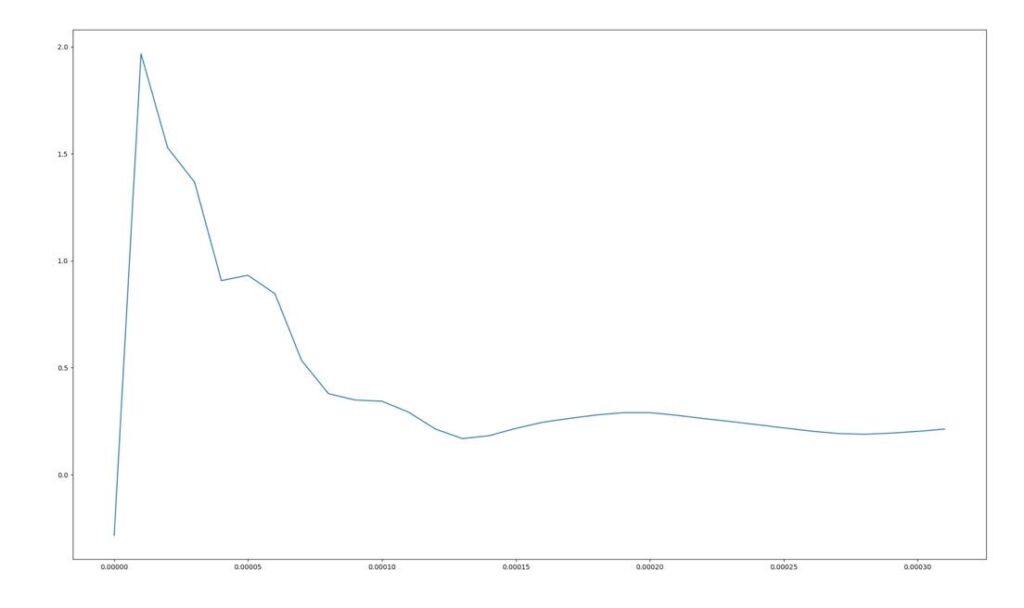Recovering Aquila from 150km altitude is not a simple problem to solve. Our dedicated recovery division has worked hard this year to design a hypersonic recovery system for Griffin 1, named Daedalus, after the engineer that created Icarus’ wings.
Hemisflo Drogue

The most complex element of the system is the hemisflo drogue. Our selection arose because the hemisflo changes shape with Mach number, producing a lower coefficient of drag at higher speeds, which helps to keep forces low at our estimated top speed of 1150m/s.
A mixture of hand calculations and simple python simulations were performed to produce our current model. Geometry was throroughly specified and force loading checked via the Pflanz method.
Simulation

The parachute design was then simulated using CFD. The graph produced by OpenFOAM shows coefficient of drag against interation number, and the analysis lined up with our intended descent profile.
This analysis was done by our dedicated simulation and modelling team, who have also been working on a fully functioning 6DOF trajectory model, CamPyRos, which was showcased in detail on our blog last week!
Deployment System

At deployment, the nosecone is pushed off using CO2, taking the bag containing the drogue with it. The hemisflo drogue opens up and acts to slow the rocket for the fastest portion of its descent.
At a much lower altitude, to deploy the main chute, the motor cuts a line and the ringsail is pulled out by the drogue.